The Jacksonville Jaguars, located in the home city of MECLABS Institute, have not had a winning season in nearly a decade. By some measures, the team has actually gotten worse in recent years.
Yet, despite a miserable 1-7 home record for the 2013 NFL season, the Jaguars actually enjoyed a significant lift in local revenue in 2014 and increased average game day attendance by over 3,000 fans.
How did they accomplish this feat?
By viewing their product from the perspective of their prospects and answering one simple question: “If I am the ideal customer, why should I purchase from you rather than your competitor?”
Background
Jacksonville is the NFL’s smallest true market, and by most metrics, it’s a borderline miracle that a metropolitan statistical area of only 1.35 million people has been able to sustain a franchise in the country’s most expensive sports league for 20 years and counting.
The per-capita ticket buying pressure on the city is astronomical — approximately one in 20 citizens must purchase a ticket to each game to keep the stadium full on Sundays — as is the sponsorship demands on local corporations.
For this reason, the Jaguars do not enjoy the same leverage to arbitrarily raise ticket prices as do teams in much larger cities where season-ticket waiting lists are the norm and NFL tickets are truly a scarce commodity, cities where demand will likely always outstrip supply.
We live in an age when professional sports (particularly in mid-sized markets) have never faced tougher competition for discretionary income and mindshare. Whereas once there was only a handful of entertainment and recreation options available to consumers, major sports now must compete with the likes of Netflix, Hulu, Spotify, YouTube and a rapidly expanding universe of low-cost entertainment options hyper-specific to each customer’s personal tastes.
At the same time, live professional sports also have to compete with the home theater experience.
In the last 10 years years, economies of scale have made it possible for the average family to afford a high-fidelity home theater setup that provides a perfectly suitable alternative to being at the game in person, at a fraction of the cost. No parking hassles. No overpriced concessions. No traffic bottlenecks. And no $85 tickets, on average.
Without the leverage or on-field product to justify a price increase, the Jaguars made a multi-million dollar bet that they could positively impact local revenue at existing prices simply by putting customer-experience first and enhancing the value proposition of their existing game day experience.
Perhaps the best way to visualize this customer-centric approach is via the exchange fulcrum.
The exchange fulcrum:
Every purchasing decision that a prospect makes is driven by a competing set of forces — value and cost.
“What value am I receiving, and at what expense?” Every time a customer is confronted by a call-to-action, these two elements will wage war in his or her mind until the scale is ultimately tipped in favor of either conversion or rejection.
The exchange fulcrum — with value force and cost force on opposing sides — brings life to this analogy. Taken one step further, the fulcrum can be given predictive powers via the exchange heuristic:
VfAC – CfAC = Nf
Where Vf = Value Force
AC = Acceptance
Cf = Cost Force
Nf = Net Force
Value force
On one side of the exchange fulcrum lays the value force. This element is the combination of two separate yet complementing variables — appeal and exclusivity.
Appeal is a measure of attraction. Successful marketers do not drive customers to their product, but rather attract. Pushing customers toward your product may yield short-term results, but pulling them in builds a long-term loyalty that keeps the customer coming back. The appeal factor of a product is what makes the prospect say, “I want this.”
Using NFL tickets as an example, the strongest drivers of appeal are typically the excitement of seeing a winning football team with star players in person, the desire to be a part of the winning team (the proverbial “sixth man”) and the fun of the game day experience itself.
Exclusivity complements appeal. If appeal is what makes the customer say “I want this,” then exclusivity seeks to answer the natural follow-up question — “Where can I get this?” The exclusivity factor relates to the number of competing options. The fewer the alternatives, the greater this exclusivity factor becomes. Ultimately, marketers want the prospect to say, “I can only get this from you.” In terms of professional sports, with the home theater providing parity with the live experience in many ways, the exclusivity factor of live sports can no longer be taken as a given on its own.
Separately, neither exclusivity nor appeal is enough to drive conversion. An appealing offer without exclusivity has its force diluted by the competing options. An exclusive offer without appeal has its force undermined by a lack of attraction. It’s where these two complementing factors meet — the powerful “only-factor” — that the true magic happens.
Cost force
Opposite value force on the exchange fulcrum rests the cost force. Much like the value force, the cost force is the combination of two complementing factors — material cost and mental cost.
Material cost is simply the actual monetary cost of a given transaction. “How much will this cost me?”
Mental cost, conversely, encompasses the work necessary to complete the transaction. “What do I need to do?”
While the material cost of attending a football game might be steep — $85 plus parking and concessions, on average — the mental cost is sometimes even more significant. “Will I have to wait in two hours of traffic both ways? Will it rain? Will I have to park a mile away? Will my car be safe?”
Net force
The net force, as the exchange heuristic demonstrates, is the difference between the value and cost forces. If the net force is positive in favor of accepted/perceived value force (appeal/exclusivity), the transaction takes place (assuming your value proposition is presented with sufficient clarity and credibility).
If the net force is negative in favor of accepted/perceived cost force (material + mental cost), the conversion will be lost.

Positive Net Force (Left); Negative Net Force (Right)
With the exchange fulcrum in mind, let’s look at how Jacksonville’s Jaguars tipped the net force in favor of value.
Selling an exclusive experience
Without a winning product to market and sell, the Jaguars knew that that the best way to increase revenue was to bolster the value proposition of attending Jaguars home games at the existing price.
In essence, they needed to sell Everbank Stadium as the place to be on Sundays by providing ticketholders with an exclusive game day experience that they could only get by being at the stadium in person.
The first step the team took was confronting the home theater experience head on. The Jaguars enjoy strong local television ratings in Jacksonville, even on home game days when much of the city is at the stadium. Though it’s impossible to say with certainty that technology keeps these viewers on the couch rather than in the stadium, we can observe a roughly inverse trend in local attendance versus the rise in HD television over the last 10 years.
In an effort to pull these lapsed or potential ticketholders off of their comfortable couches and away from their flat-screen TVs, the Jaguars set out to build the ultimate home theater experience at the stadium.
Before the season, the Jaguars and the city of Jacksonville co-funded the $26.5 million purchase and installation of the two largest scoreboards in the world. The boards, erected on opposite ends of the stadium, are so large that if laid down flat across the playing surface, each board would stretch the entire length of the football field.
A new, state-of-the-art sound system was also installed at Everbank Field, rivaling even the most sophisticated home theater surround sound systems.
To foster a sense of excitement, civic pride and shared-accomplishment, the Jaguars livestreamed the installation of the new video boards on their website. The new video boards were also featured prominently in the marketing campaign for the 2014 season, with the exclusivity point-of-value strongly emphasized.
Source: Twitter user @JungleJim77
The Jaguars also looked very closely at their product’s generic, historic “no’s” and brainstormed creative ways to turn them into exclusive, high-conversion “yes(s).”
For example, a portion of the west upper deck had sold so poorly throughout the decade that it was eventually taken off the market and covered with tarps. These tarps were much maligned and were seen as symbolic of the franchise’s small-market struggles.
Instead of maintaining the status quo, the team’s new front office viewed this existing liability as a potential asset. Thousands of seats were ripped out from this section of the stadium, and the area was instead transformed into a massive entertainment zone, sponsored by Miami’s Clevelander hotel and complete with the NFL’s only swimming pools, party cabanas, DJ booths, bars and a party deck.
Source: Jaguars.com
Tickets for these new areas were then marketed in blocks to local corporations and business groups. Tickets for this section were once given away by local supermarkets, but with the new additions, the entire area was sold out before the season even began.
Keeping the customer in mind
Other underperforming areas of the stadium were also modified with customer experience in mind, which resulted in the addition of new field seats and new bar-rail seating at both end zones. Other sections of the upper deck that typically went unsold were given away or offered at steep discount to local charity groups. This not only harbored goodwill for the Jaguars, but also potentially boosted concession, souvenir and parking sales as well.
By leveraging exclusivity and implementing smart customer segmentation at the both the high and low ends, the Jaguars were able to turn yesterday’s no’s into today’s yes(s).
When stadium improvements were finished, the Jaguars hammered home the exclusivity of their value proposition by holding a special event for season-ticket holders. The event featured an international soccer match; statements by team owner Shad Khan, Jaguars’ head coach Gus Bradley and Jacksonville mayor Alvin Brown; the grand revelation of the new video boards; and a concert by seven-time platinum recording artist Carrie Underwood.
Adding appeal
With the exclusivity factor of their value proposition greatly enhanced, the Jaguars also focused on ramping up the appeal. An exclusive offer without appeal has its force undermined by a lack of attraction.
Though the $63 million in stadium improvements certainly boosted appeal, the team also made some other important additions as well. Free stadium-wide WiFi was installed, and concessions were upgraded, both in terms of quantity and quality, with a particular focus on local food and drink.
Also, the budget for in-game and half-time entertainment was increased. Together, these upgrades were intended to make the average Jacksonville citizen say, “I have to be there on Sunday.”
Reducing cost force
While it is vital for the marketer to strengthen the force of his value proposition, it is also important to take a hard look at your cost and identify ways to decrease its perceived force.
Though the Jaguars were not in a position to decrease the material cost of their tickets, the team did expand their open-concession policy, decreasing the material cost of food and beverages.
Rather than being forced to pay inflated concession prices within the stadium, fans were allowed to bring their own food and drinks into the stadium. The Jaguars even partnered with their new supermarket sponsor, Publix, to distribute transparent concession bags in line with NFL security policies.
Net force
Even though the Jaguars have little control over many of the mental costs that go into attending an NFL game on Sunday — traffic, weather, parking, etc. — by greatly enhancing the appeal and exclusivity of their value proposition and by making some simple tweaks to reduce the perceived material cost of the game day experience, the Jaguars tipped the exchange fulcrum soundly in favor of the perceived value force.
Results
As we stated at the top of the page, the most basic question that must be answered by a marketer is this: “If I am the ideal customer, why should I purchase from you rather than your competitor?”
By creating an attractive, exclusive experience based around the motivations and desires of their typical customer, the Jaguars organization provided the answer to that question: “Because Jaguars home games are the ultimate party and offer a game day experience unparalleled anywhere else in the world.”
The results speak for themselves:
- Average game day home attendance for Jaguars (annual London game excluded) increased by 3,022 versus the previous season.
- Total local revenue increased significantly year-over-year (the actual figure will be released later this year)
- The Jaguars were ranked No. 1 in the league for game day experience in four categories in the NFL’s “Voice of the Fan” survey
- Word-of-mouth spread beyond just Jacksonville, and Jacksonville’s Everbank Field became a top travel destination for many opposing fans
Leveraging the exchange fulcrum for other “losing” products
As marketers, it is important to understand that we can improve our conversion rate, increase our revenues and build market share even if the product we are selling isn’t necessarily the best in its class. As this example demonstrates, we can accomplish these goals in a challenging market, even if our product is downright inferior.
Building a superior product can take years, and the process is often out of our hands. In the meantime, by putting the prospect’s motivations and desires first, maximizing appeal and exclusivity while minimizing cost, and finding creative ways to forge new yes(s) out of old no’s, we can tip the scales in our favor.
This all begins by putting ourselves in the shoes of our prospects and asking one simple question:
“If I am the ideal customer, why should I purchase from you rather than your competitor?”
You might also like
Landing Page Optimization: Leveraging perception to tip the value scale (Part 2) [More from the blogs]
Value Proposition: Revealing hidden value in your products and offers [More from the blogs]
How to Market Your Nonprofit like a Space Program [More from the blogs]
Email Messaging: Discussing micro-decisions and flipping the funnel [More from the blogs]



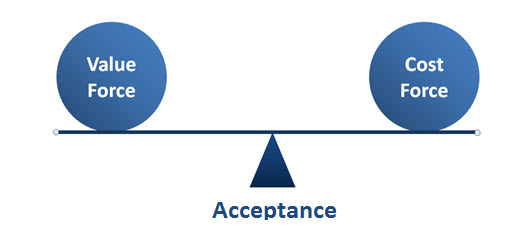

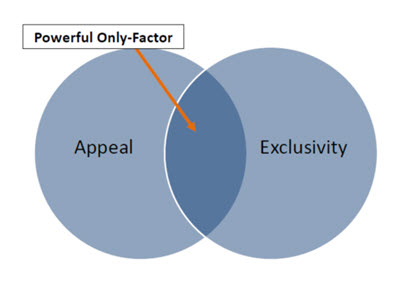
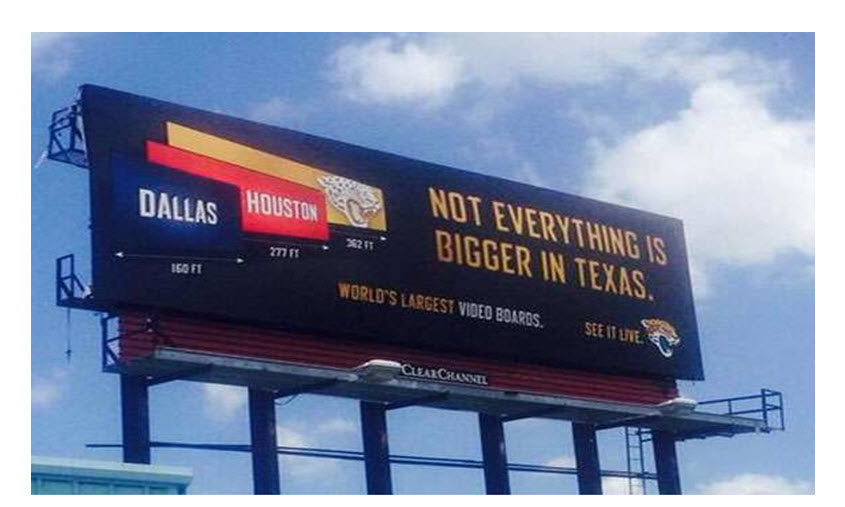
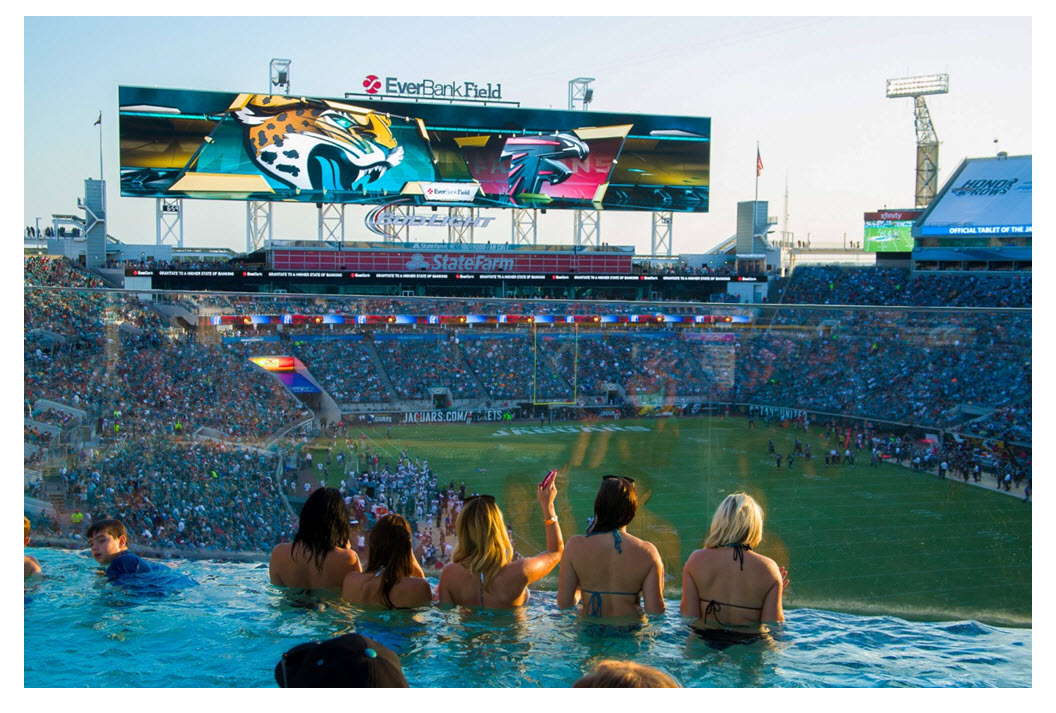
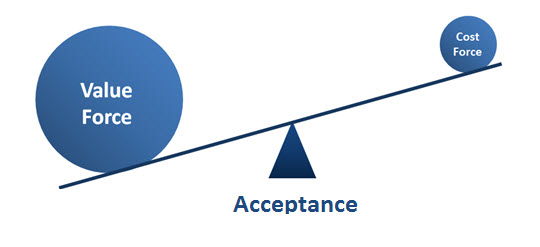
Great article!
If I’m Marketing a webinar would the question be:
If I’m the ideal prospect/attendee, why should I attend your webinar and not your competitor’s?
Thank you
Hey Jorgan,
Yep! That would be the question you would ask for a marketing webinar. Check out this MarketingExperiment Blog post to learn more about how to construct a value proposition. Thanks for reading, and let me know if you have any other questions.
Thanks,
Kayla